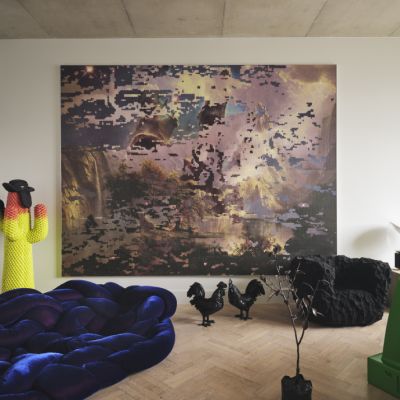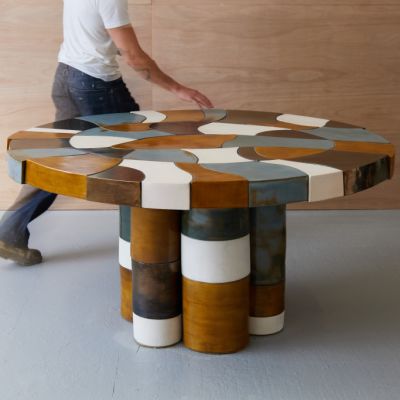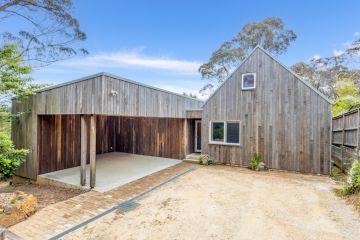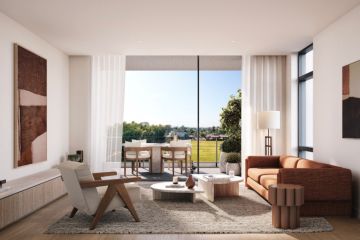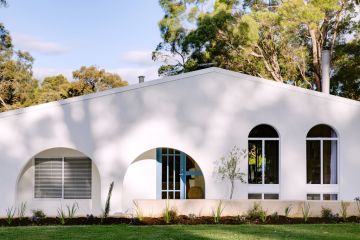The rise of at-home wine rooms: Inside the trend redefining the modern cellar
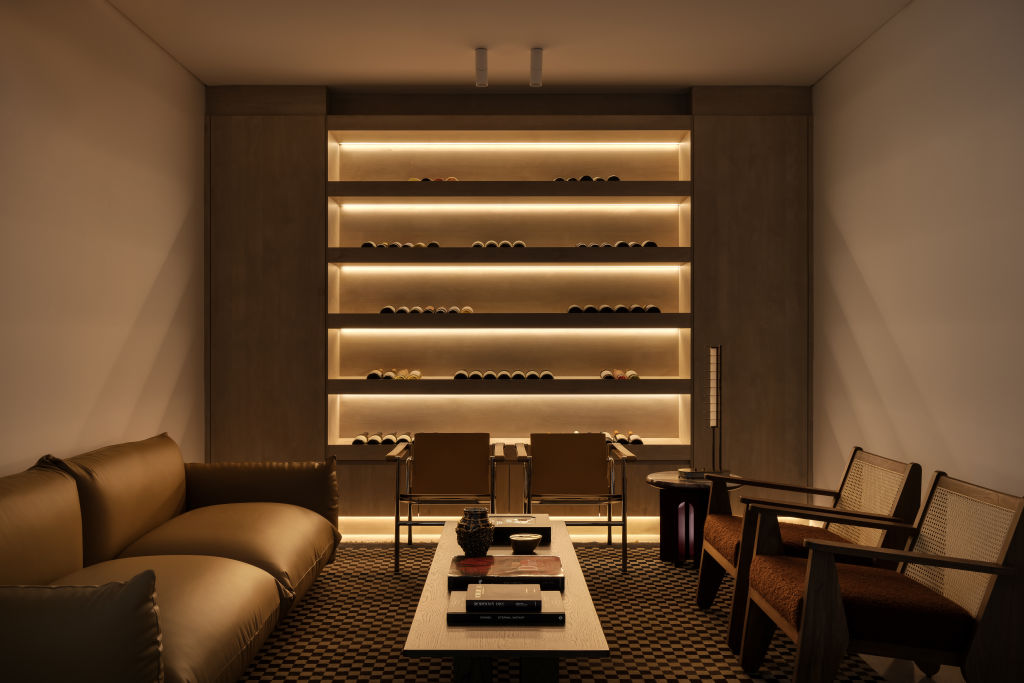
When you think of a wine cellar, your mind might picture a subterranean dugout brimming with dusty old bottles. It’s cold and crowded, even a little creepy. It’s a novelty to visit, sure, but not as comfy as your neighbourhood wine bar.
That’s all changing with a fresh wave of designers crafting architecturally integrated wine rooms that prioritise fun as much as function (and get as much design focus as a living room or kitchen). “People who enjoy wine want to share it, use it and enjoy it – rather than having it as a trophy or a piece of sculpture in the house,” says Nickolas Gurtler, who runs his eponymous interior design firm in Prahran, Melbourne.
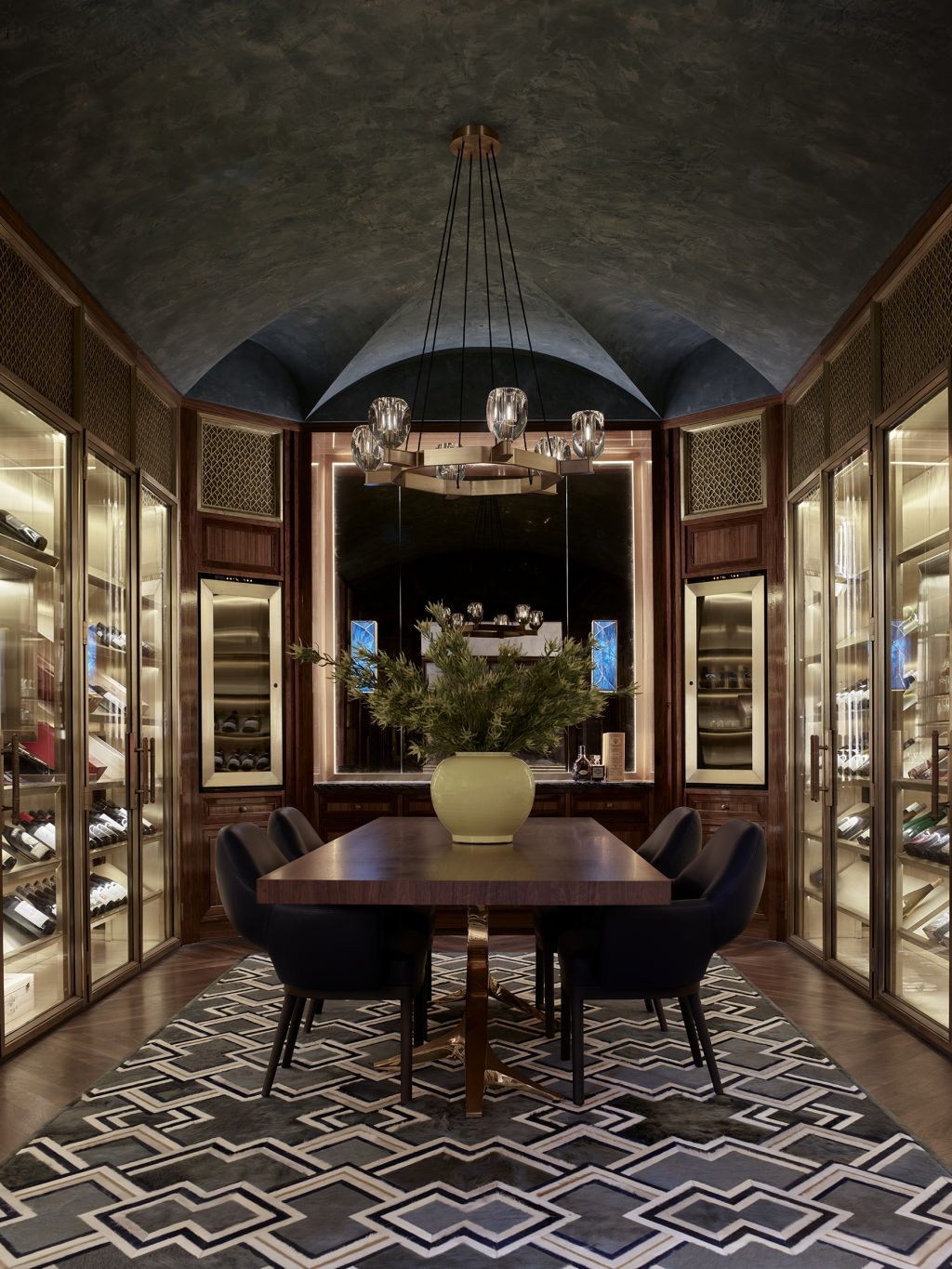
The award-winning designer has noticed an increased demand for dedicated wine rooms where clients can escape, relax and entertain. “There’s been a conscious social change away from mass drinking and towards really enjoying wine. That’s what these rooms are fantastic for,” he says. Sydney-based interior design firm Arent & Pyke is also noticing the trend. “We’re receiving more requests to showcase wine collections more prominently in homes,” says principal Sarah-Jane Pyke. “It’s a real treat to take guests into wine rooms, so it’s ideal when a climate-controlled cellar can sit within entertaining spaces.”
In one home, Gurtler used warm white lighting and earthy accents to turn a dark basement space into an enticing wine room. “The space wasn’t large, so we wanted to make sure that it felt comfortable, inviting and beautiful to walk past,” he says. Along a central wall, recessed shelves cradle room-temperature bottles, which glow under panels of soft light. There’s also a temperature-controlled fridge for more bottles and a bar station for pouring and washing glasses.
Sydney-based designer Thomas Hamel creates a similar sense of intimacy in a wine room as part of an Italianate-style villa in Melbourne. Custom timber joinery, a bespoke chandelier from Jonathan Browning, fluted bronze and antique mirror details pair with a textural Venetian plaster ceiling. “Materials that evoke a sense of richness and age work well in cellars,” Hamel says.
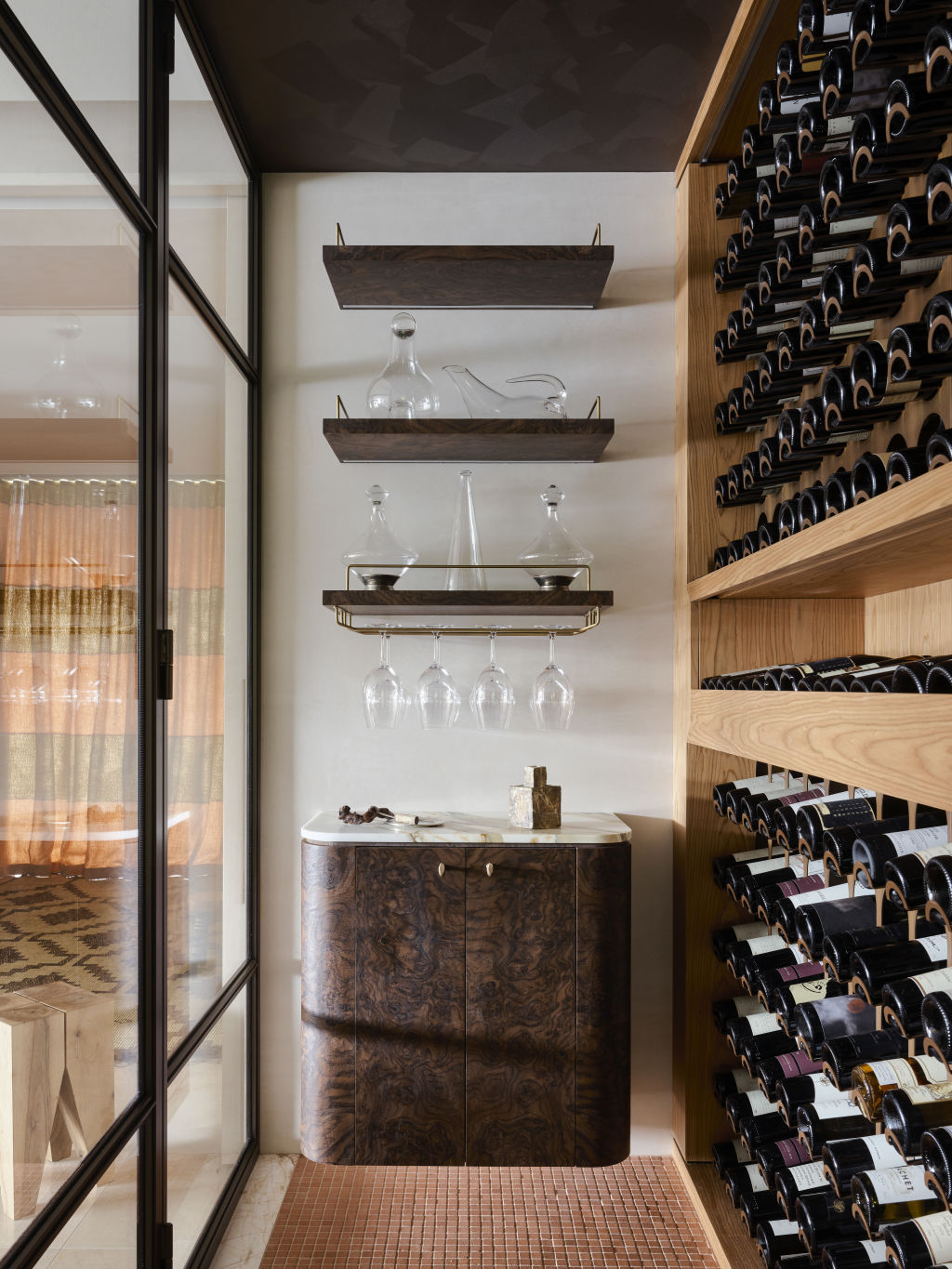
For Gurtler, layered lighting is a secret weapon in designing a versatile wine room. “Maybe you’re celebrating and you want it to be a little bit brighter. Or maybe … you want to sit down and swirl a merlot around and be moody,” he says. Hamel says lighting needs to be both atmospheric and practical. “Wine connoisseurs take their cue from colour to determine both age and varietal.” Pyke agrees: “The spaces require very low light levels to ensure the bottles age well.”
Colour also plays a crucial role in building atmosphere, from the walls to the furniture. Gurtler opted for cream-white walls in the aforementioned space to counteract the lack of natural light. For Hamel, his first instinct is towards hues that evoke warmth like rich terracottas or claret reds. “That said, some clients prefer to take the opposite path, opting for deep navies or sapphire blues for a cooler, more dramatic effect.”
As for furniture, all three firms suggest using natural materials to nod to wine’s roots. “We use a lot of wood because there’s a natural harmonisation with wine barrels,” Gurtler says. Think tactile materials like bouclé, rattan, oak, American walnut, poplar burl and leather. “We choose natural textures that will age [and patina] beautifully. And things that people aren’t afraid to use and sit on.”
We recommend
We thought you might like
States
Capital Cities
Capital Cities - Rentals
Popular Areas
Allhomes
More
- © 2025, CoStar Group Inc.
